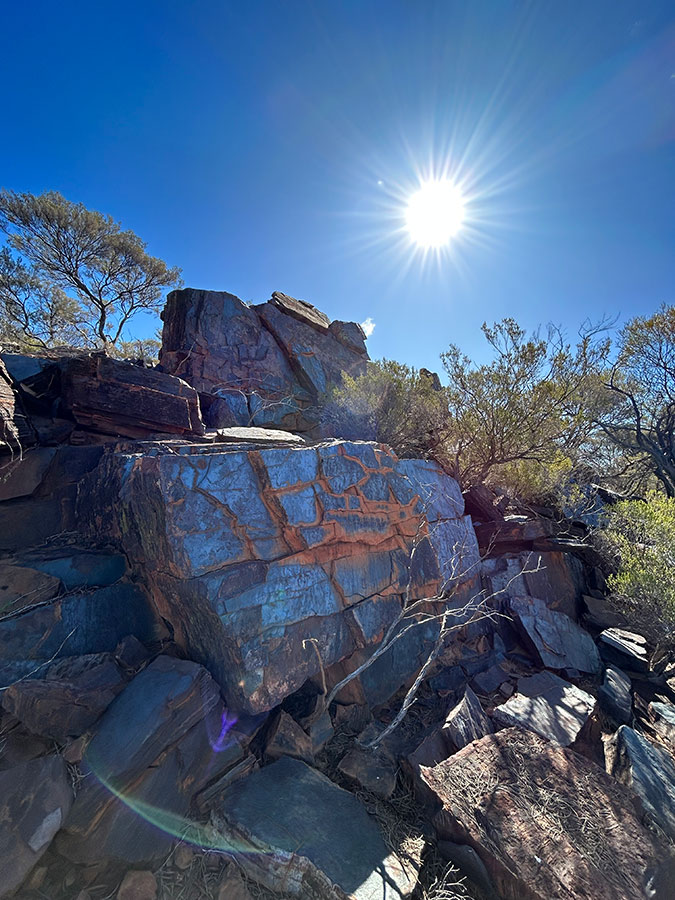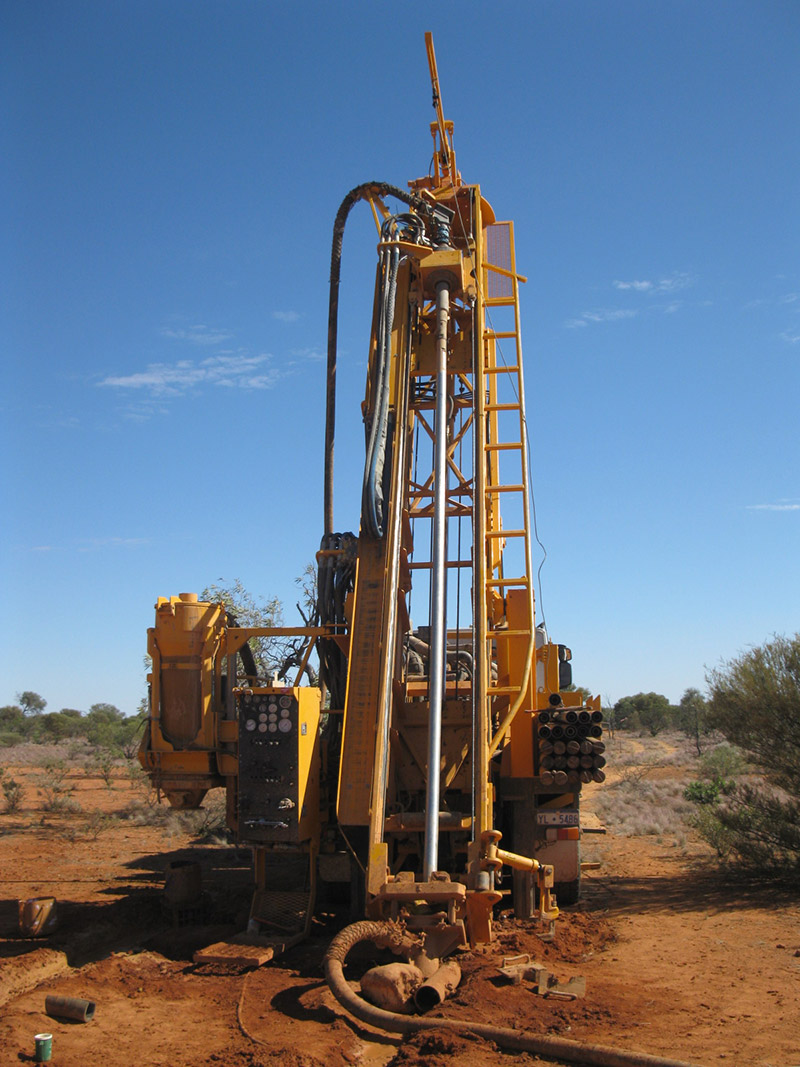Welcome to Mindax Limited
 Mindax Limited is an ASX-listed mining exploration and
development company with highly prospective iron ore and
gold projects located in the globally-recognised leading mining
jurisdiction of Western Australia.
Mindax Limited is an ASX-listed mining exploration and
development company with highly prospective iron ore and
gold projects located in the globally-recognised leading mining
jurisdiction of Western Australia.
Mindax’s strategy is to grow shareholder value by positioning
itself at the forefront of the emerging green steel revolution, which relies on magnetite iron ore for the production of low-carbon emissions steel products that will contribute to the achievement of net-zero targets.
Global steel mills are becoming increasingly hungry for
low-polluting and high grade magnetite iron ore for their electric arc furnaces, rather than
direct shipping ore (DSO), and Mindax is strategically positioned to leverage
this growing desire for ‘green steel’. The
Company is also building on previous exploration successes to develop its gold
projects in Western Australia's leading gold provinces.
Mindax’s flagship project is the Mt
Forrest magnetite iron ore project, which is operated via a joint venture
between Mindax (holding a 65% stake) and Norton Gold Fields Pty Ltd (35%). Nestled
within the highly prospective Yilgarn province in the Mid-West region of
Western Australia, the Mt Forrest project boasts a substantial repository of more
than one billion tonnes of magnetite iron ore resource.
In a JORC Code (2012) compliant report released in February 2023,
using a cut-off grade of 18% Mass Recovery (MR), the Mt Forrest deposit was
estimated to contain 422.37 Mt of Indicated Resources at average grades of
41.42% MR and 64.76% conFe, and 599.40 Mt of Inferred Resources at average
grades of 43.14% MR and 63.85% conFe. Several prospective areas are still to be drilled, which have the potential to extend the currently defined
Mineral Resources through ongoing exploration.
 The Company has been working with the Australian Gas
Infrastructure Group (AGIG) and global engineering firm, Verbrec on studying the economics of developing key Mid-West shared infrastructure to process Yilgarn province magnetite and transport it to global markets. Under what is known as the Mid-West Shared Infrastructure Project, Mindax's vision is to unlock the value of iron ore assets in the Mid-West region of
Western Australia that
would leave a positive legacy and enduring economic benefit to Western
Australia, and provide an exciting opportunity for the Company to advance the
potential development of the Mt Forrest magnetite deposit for the benefit of
all of the Company’s shareholders and stakeholders.
The Company has been working with the Australian Gas
Infrastructure Group (AGIG) and global engineering firm, Verbrec on studying the economics of developing key Mid-West shared infrastructure to process Yilgarn province magnetite and transport it to global markets. Under what is known as the Mid-West Shared Infrastructure Project, Mindax's vision is to unlock the value of iron ore assets in the Mid-West region of
Western Australia that
would leave a positive legacy and enduring economic benefit to Western
Australia, and provide an exciting opportunity for the Company to advance the
potential development of the Mt Forrest magnetite deposit for the benefit of
all of the Company’s shareholders and stakeholders.
The plan could involve an infrastructure entity owning all
the gas pipelines, water pipelines, power, export hydro-transport pipelines and
shallow harbour transhipping, which Yilgarn resource owners could utilise, and has the potential to de-risk Yilgarn magnetite mining projects and make them
economic.

Mindax
has a 100% interest in the Mt Lucky Gold Project (‘Mt Lucky’), which lies
within the Mt Margaret Mineral Field of the north-eastern Goldfields of Western
Australia (Laverton Greenstone Belt), where the ground has widespread gold
anomalism and artisanal-scale gold workings. The Laverton region has a well-documented
gold endowment with two world-class deposits, Sunrise Dam and Wallaby, and
numerous deposits that show an endowment of more than one million ounces, being
Mt Morgans, Lancefield and Granny Smith.
Mindax
also retains a 100% interest in a highly prospective gold project located in
the Meekatharra region of Western Australia which is well known for significant
gold discoveries. In particular, the Company remains focused on its tenure 2km
away from the famous Doray's Andy Well Gold Mine which produced some 300,000
ounces between 2013 and 2017 and hosts a remaining underground resource of over
500,000 ounces of gold.
Mindax is dedicated to fostering economic prosperity for
Western Australia by unlocking the green steel potential of the Yilgarn
province and realising the rich gold resources within WA.
The Company’s commitment to active engagement with all stakeholders
is unwavering, as Mindax strives towards the realisation of its vision, with a primary
focus on building enduring and sustainable shareholder value.